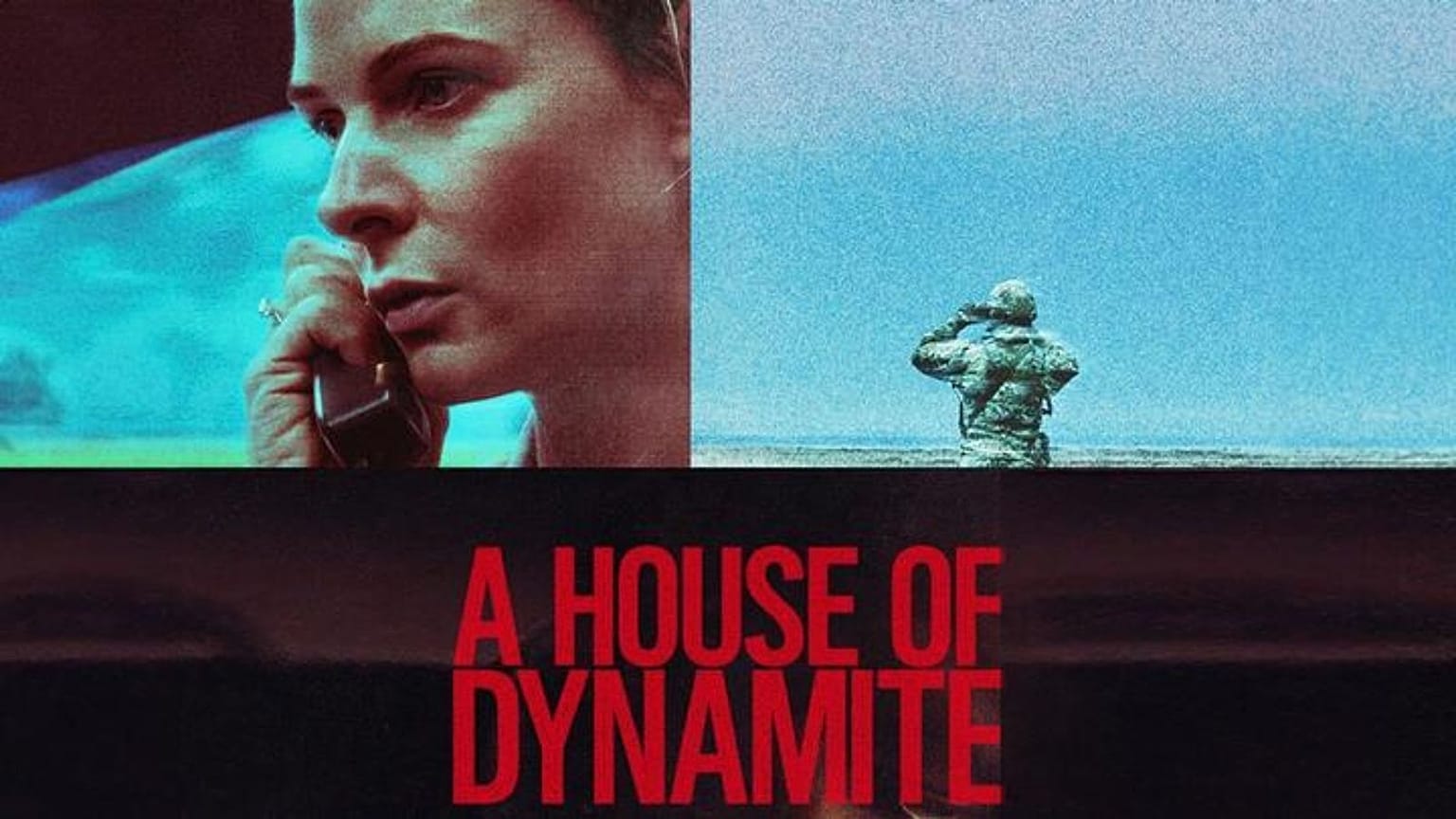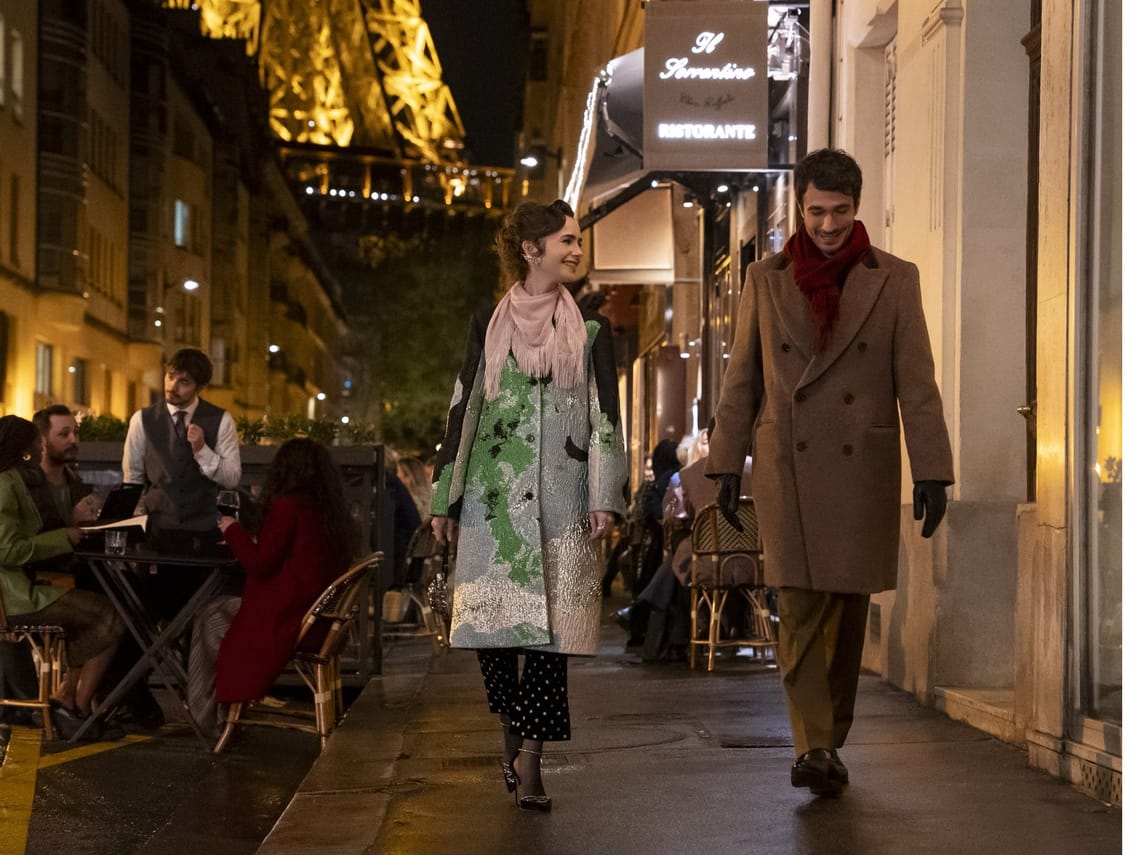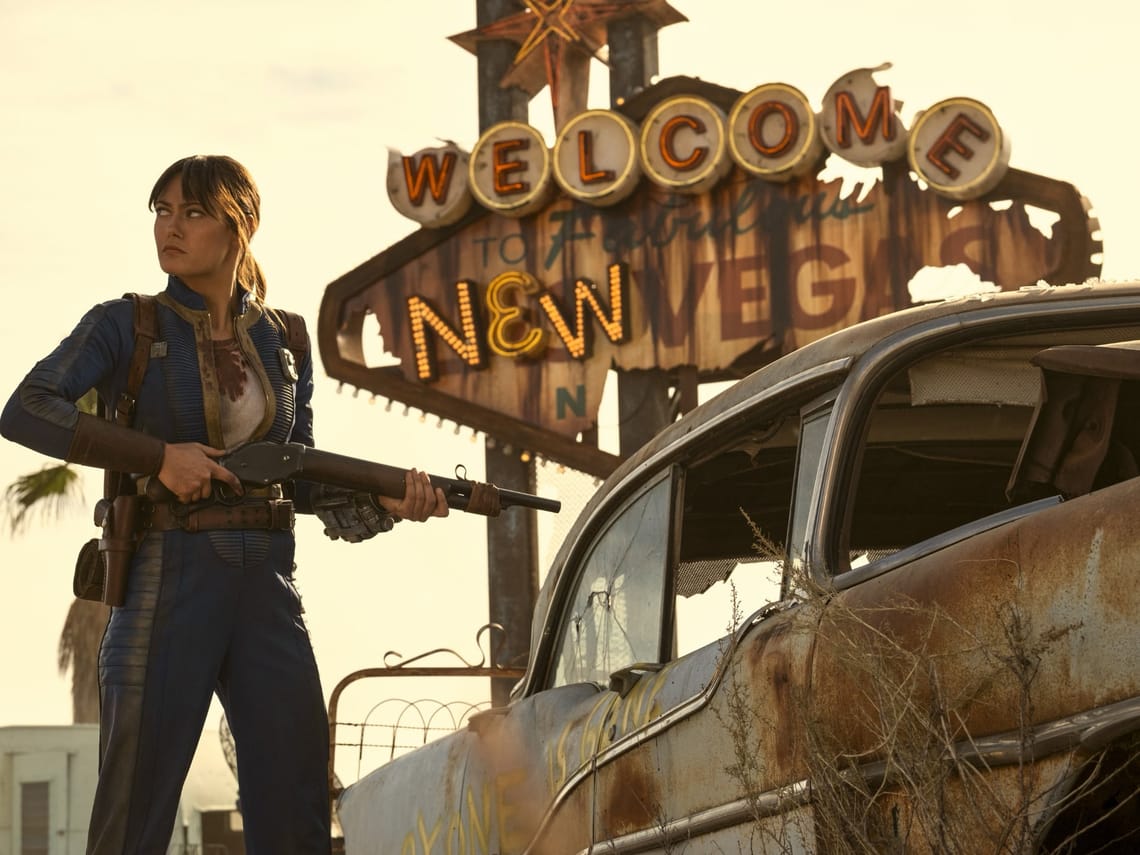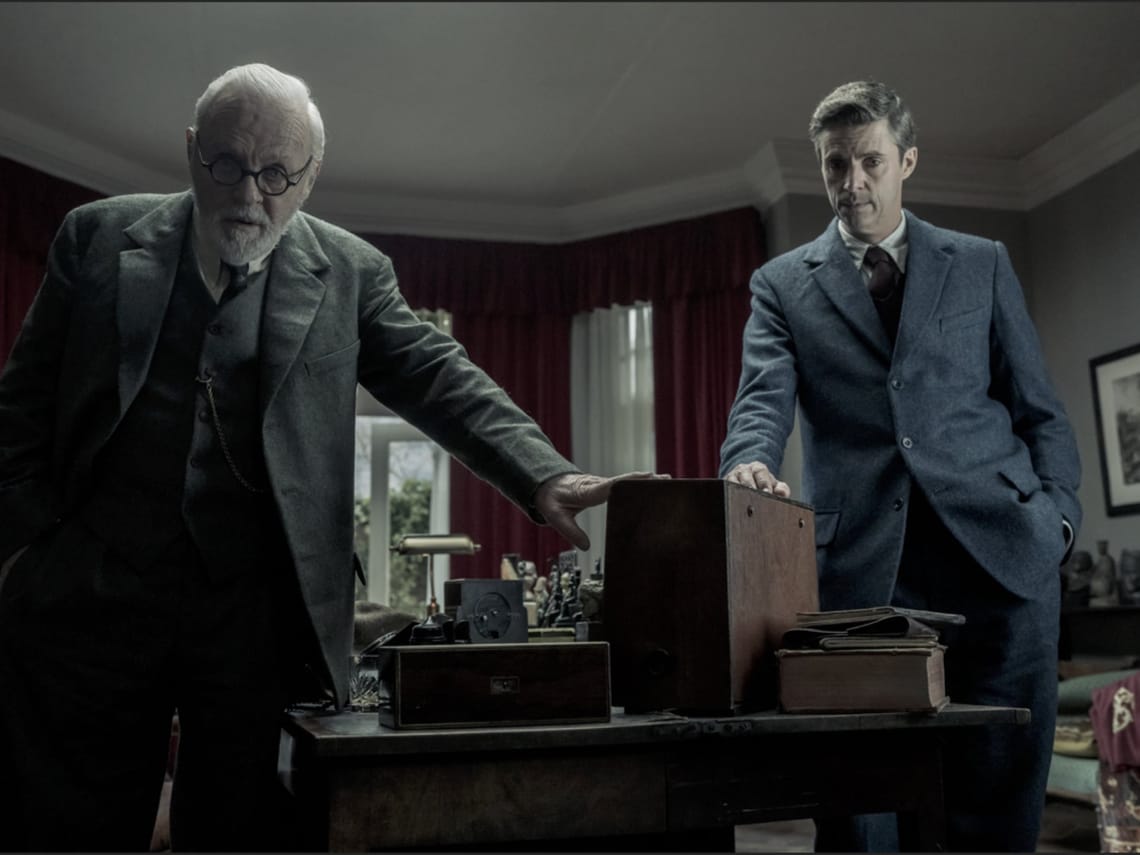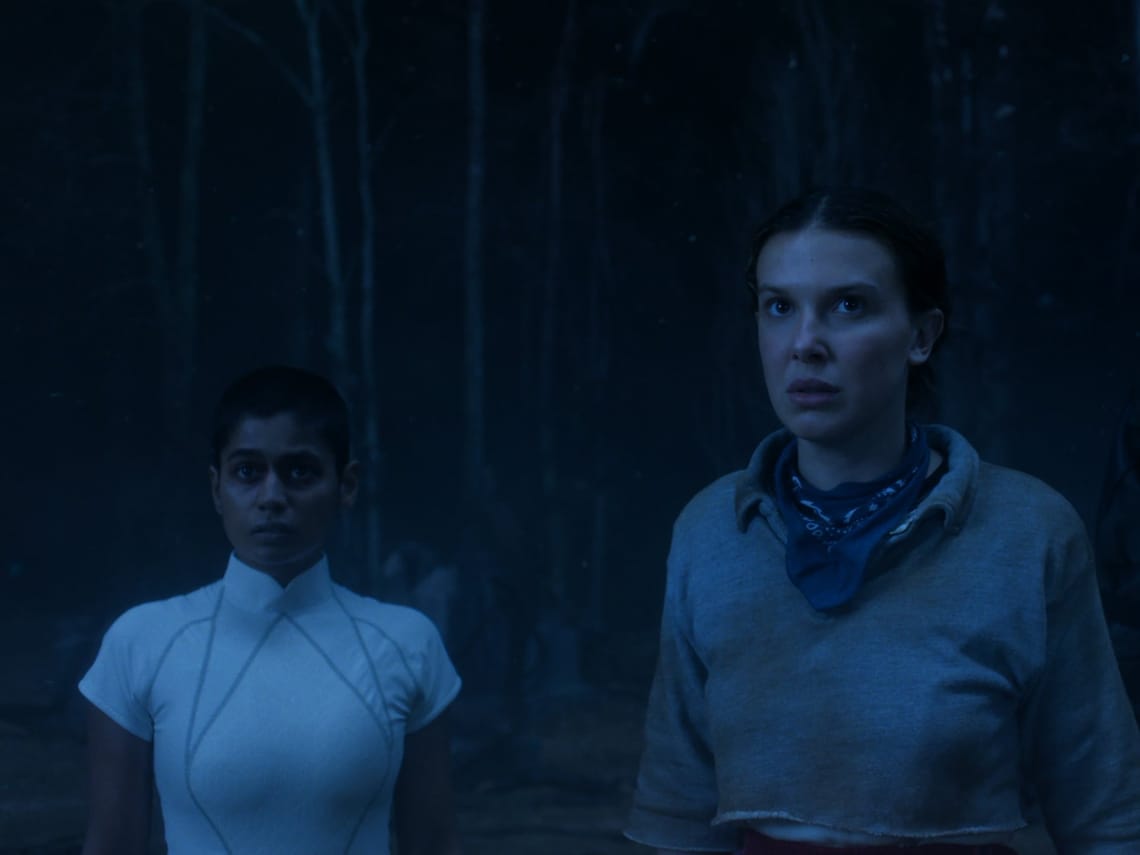Now streaming on Netflix, A House of Dynamite opens in the kind of sterile government room where nobody looks like they’ve slept in a week. Phones ring softly, screens glow, and someone’s always whispering something urgent about “protocol.” Kathryn Bigelow drops us right into a crisis, but she’s not interested in explosions or spectacle. The movie’s real disaster is the people in charge trying to sound calm when they clearly aren’t.
You can feel the tension right away, even if you’re not entirely sure what’s happening. Which is fine…half the people on screen don’t seem to know either.
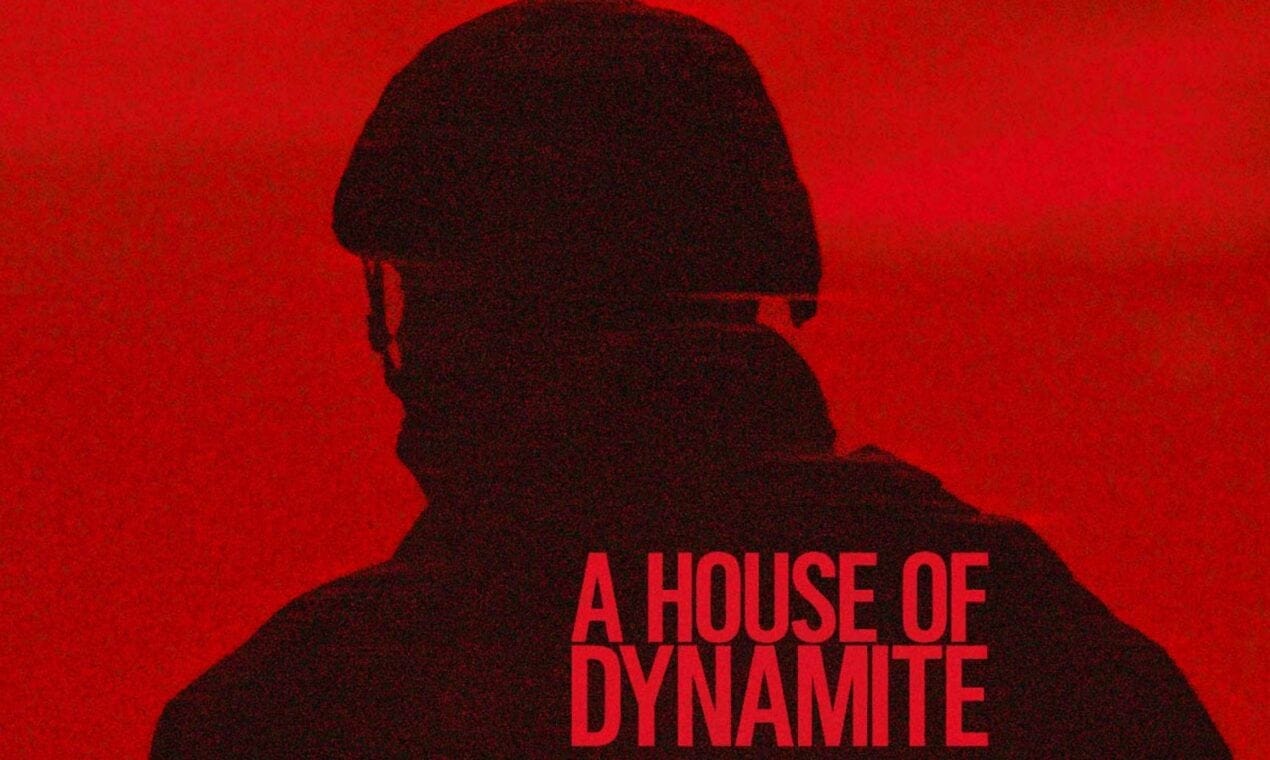
A House of Dynamite
A House of Dynamite is slow, tense, and oddly hypnotic. It’s less about explosions and more about the awkward calm before them. Frustrating at times, but sharp enough to keep you watching till the very end.
Pros
- Quiet, believable tension that feels real
- Strong, understated performances
Cons
- The pacing tests your patience
- Doesn't always earn its big ideas
Bigelow Turns the Volume All the Way Down
This isn’t the Bigelow of Point Break or Zero Dark Thirty. This is Bigelow on mute. The action is replaced with murmurs, the energy with unease. Every scene looks like it’s been drained of colour and caffeine. It’s stylish in that “the apocalypse but make it beige” way.
The film’s hook is its structure: it keeps replaying the same 18 minutes from different perspectives. At first, it’s intriguing. Then it’s… still intriguing, but you start to wonder if the editor fell asleep on the loop button. Each pass adds new details, but not much urgency. It’s like checking your phone for updates during a power outage; you keep refreshing, but the lights don’t come back on.
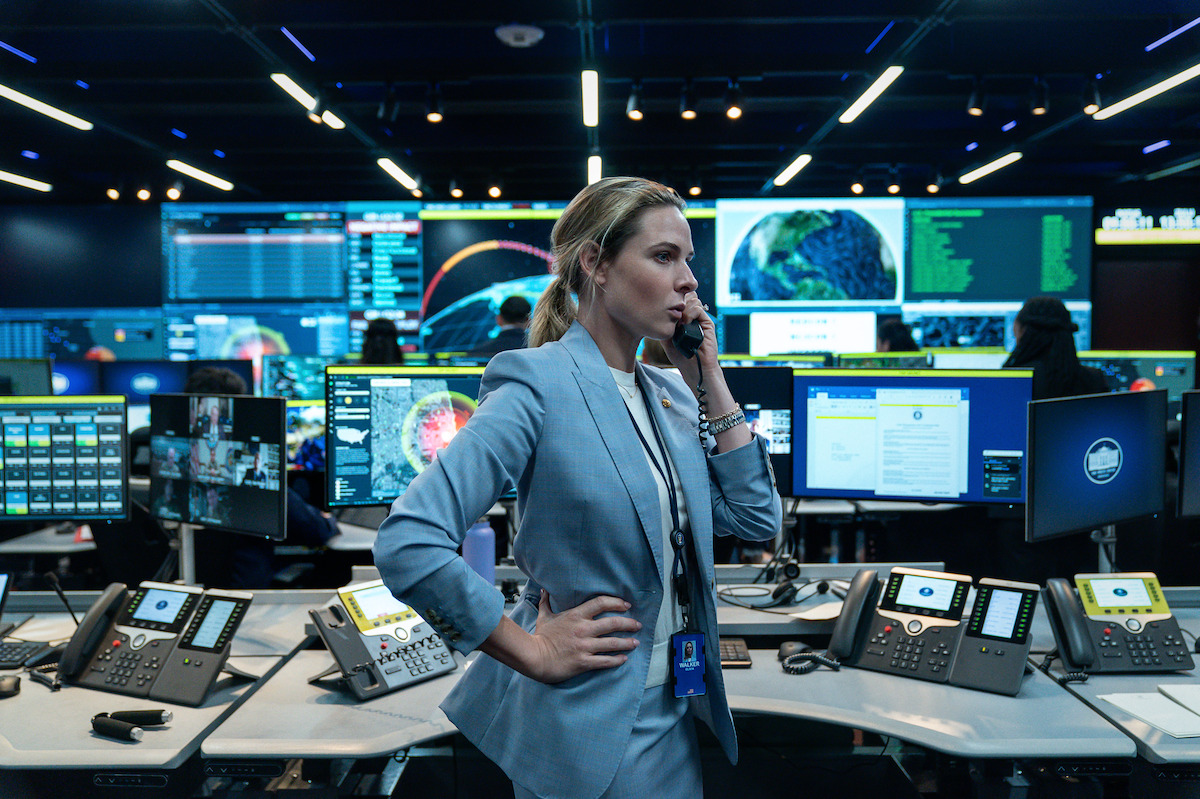
People Trying Their Best, Poor Things
Once you get used to the looping structure, you start noticing the people stuck inside it. They’re professionals, sure, but they’re also tired, jittery, and trying very hard not to look terrified on camera. The film may be about systems breaking down, but it’s the small, human cracks that make it watchable.
Idris Elba anchors the movie as a president who seems perpetually five seconds away from a migraine. He’s great in that quietly crumbling way he does so well. Rebecca Ferguson is the analyst holding everything together with spreadsheets and sheer willpower. Anthony Ramos adds some warmth as the soldier caught in the crossfire of indecision.
Everyone’s acting like their jobs depend on whispering more intensely than the person next to them. It works, mostly. The performances feel lived-in, even when the dialogue doesn’t. You can tell they’ve all rehearsed what panic looks like in a place where coffee is more accessible than sunlight.

A Beautifully Boring Nightmare
There’s no denying A House of Dynamite looks incredible. Every frame is composed within an inch of its life. You see screens glowing against grey walls, reflections caught in glass, a slow rhythm to the way people move, like they’re afraid to make noise. You could freeze almost any shot and hang it in a gallery titled “Modern Anxiety.”
The sound design hums underneath it all. Machines whir, alarms blink, someone’s always breathing a little too loud. Even the quiet feels loud. Bigelow turns stillness into suspense, and for a while it works. You can feel the pressure building in the silence.
But eventually, the restraint starts to drag. The film stays so composed that the emotion never really lands. Everyone’s holding it together so tightly that you start to wish someone would just lose it for once.
What keeps it watchable is how close it sits to real life. The calm tone, the waiting, the way everyone pretends to know what they’re doing. It made me think about how often control is just performance, how authority mostly relies on sounding confident while quietly panicking inside.
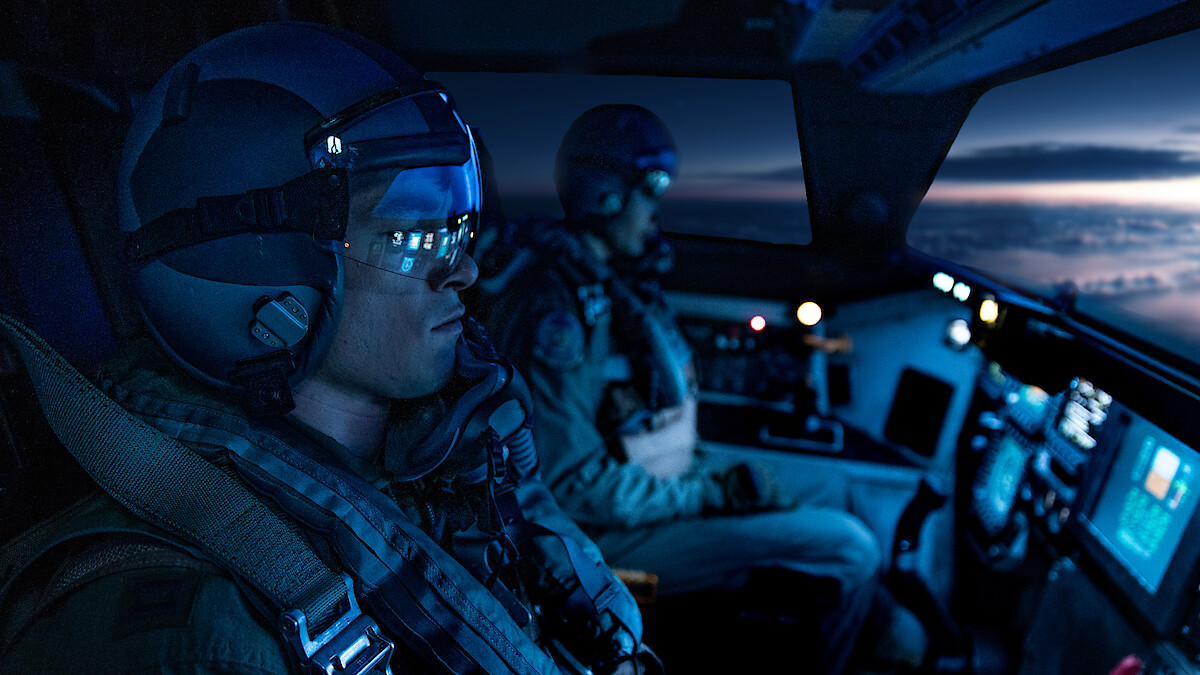
After the Static
By the time it’s over, A House of Dynamite doesn’t so much end as power down. You just sit there, staring at the credits, trying to decide if you liked it or if it just got under your skin. It’s not dramatic about anything, which might be what Bigelow was going for.
Still, I knew it would make people mad. The ending doesn’t give you what you want; it leaves you hanging, wondering if the movie forgot to finish or if that was the plan all along. Personally, I liked that it didn’t spell things out. There’s something satisfying about a film that trusts you to sit in confusion for a bit.
What I liked most is how A House of Dynamite doesn’t beg for attention. It’s slow- maybe too slow, but it has a kind of quiet confidence that pulls you in anyway. Bigelow isn’t chasing shock value; she’s showing how ordinary the end of the world might look: meetings, hesitation, people checking if it’s their turn to speak.
The film’s restraint can be frustrating, but it also feels honest. Real fear doesn’t always look cinematic. Sometimes it’s just people trying to stay composed while something enormous hums in the background. That’s what this movie captures best: that uncomfortable normalcy of crisis.
It won’t be for everyone, but it’s oddly watchable. If you like your thrillers tense, slow, and a little too realistic for comfort, this one gets under your skin in the right way.
Subscribe to our newsletter to get the latest updates and news

